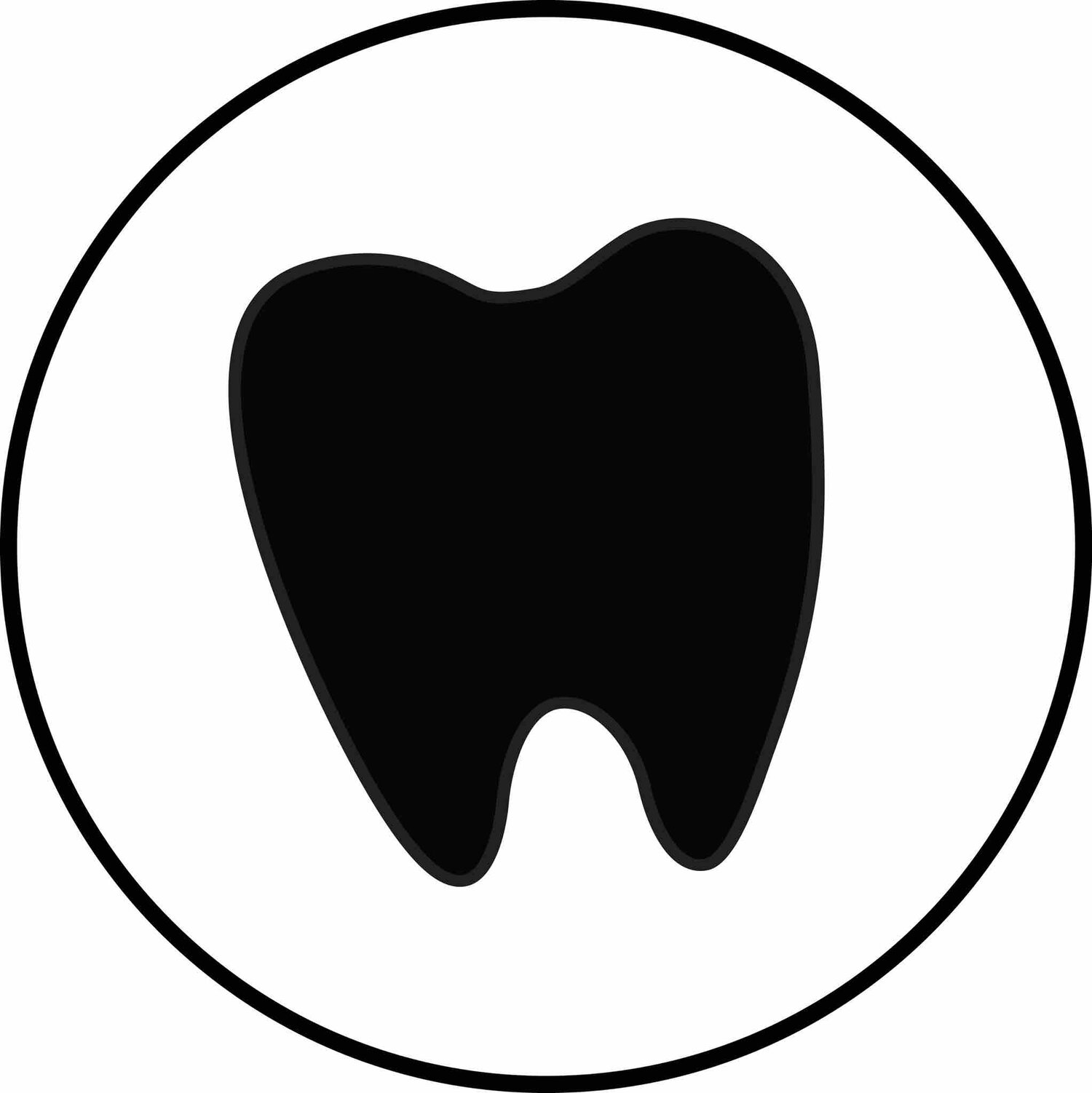Selective Polishing or Polish Selection?
Remember learning about selective polishing when you were in hygiene school? Has selective polishing come to be just asking your patients to select what flavor of polish they would like you to use?
Remember learning about selective polishing when you were in hygiene school? Has selective polishing come to be just asking your patients to select what flavor of polish they would like you to use?
If it has, you are not alone. I took an impromptu poll of my hygienist friends asking them if they find themselves coronal polishing every tooth on every patient. The most frequent answer was “yes” with few stipulations like “not gold crowns” or “only along the margins of crowns”. So, while there were stipulations I don’t think they would qualify as the “selective” your instructor and text books taught you.
While working as a Dental Assistant the words “prophy” and “polish” was synonymous. You can imagine my surprise when I learned the truth! Maybe our patients will feel the same when they learn that same truth. Polishing is only and aesthetic treatment meant only to remove the extrinsic staining on the teeth. Polishing does not qualify as a therapeutic service, meaning that it doesn’t help treat disease or sustain health.
Selective polishing indicates that we as dental professionals are evaluating the present stain and choosing appropriate polish grit to remove the stain efficiently without injuring the tooth structure. This requires us to be educated on what abrasive particles and other additives are found in the polish is available to us.
Next time we reaching for the coarse paste, knowing that it will take anything off (including tooth structure,) we can use the time that saved us to read the manufacturer's instructions that come with our prophy paste.
Not all patients are in need of this aesthetic service but all seem to expect it. I choose not to polish the same day that I debride (SRP) as to not irritate the tissue (polish past gingivitis is a thing!) and I cannot count how many times my patients express distress at the thought of not getting polished. I have found that when I preface the scaling and root debridement with EDUCATION the distress is greatly reduced. It also gives them an incentive to come back for their re-eval when their tissue have healed to be polished. What kinds of things can you do in your practice to educate your patients?
Trish Jones RDH, BSDH shared some valuable information in her article, Selective Polishing: An Approach to Comprehensive Polishing. “As the dental health-care provider, it is important to let the patient know the thought process behind selective polishing prior to performing the procedure. This in turn enhances the patient’s experience, adding value to the procedure. This is called pre-framing, a term used in the psychology of behavioral science. In this case, pre-framing involves explaining the procedure to the patient before and after it is completed to ensure they have a complete understanding. For example, when the patient is in the chair, the hygienist can let the patient know the purpose of abrasive type pastes and cleansing pastes. These include why the paste is splatter-free, why it rinses very quickly and minimizes the gritty feel (flash rinsing), and how the product can remove stain so a beautiful smile can be maintained. Patient concerns can also be addressed at this time.”
She went on to give great examples of how to approach that conversation:
“In order to preserve the investment in your smile, we are going to use a specialized paste that not only removes stain, but also polishes the teeth to a lustrous shine.”
“Research has now shown us . . .”
“Because I know white teeth are important to you . . .”
“I know you love the feeling of smooth teeth and fresh breath . . .”
“So we can reduce the gritty feeling when I am done . . .”
“Because you told me your teeth are sensitive, I have a special technique . . .”
“Because I noticed this about your smile, I am implementing a procedure and have chosen a product just for you that will ...”
As we educate our patients they feel that we care about them. So next time, think twice before offering that delicious grape flavored coarse paste to the lady with light stain and recession. Instead, explain the benefits of that mild mint desensitizing polish that will help with her hypersensitivity. She and her teeth will be grateful.


